Winter Preparation Checklist for your Business
We often underestimate how cold it can get in the UK during the winter months and overlook but there are other factors to consider too including wind, precipitation, humidity, lighting, storms and even darkness. Businesses often overlook the modest things that may make winters safer until it’s too late. Take the time to prepare you business this winter with our winter preparation checklist.
How does bad weather affect businesses?
The impact of weather on businesses varies in different industries. For example, the effects that bad weather will have on a construction company will be different than the effects on an office. Yet, whatever the industry, bad weather can have a measurable impact on all organisations from SME’s to large enterprises. In previous years too many businesses have left themselves vulnerable to the unpredictably of bad weather. According to research by Towergate, 66% of businesses have lost revenue because of bad weather, and 31% have suffered property damage. This can delay goods and services causing disruption to the supply chain.
To safeguard employees, clients and any other individuals who may visit your premise, business owners must keep their premise safe and free from hazards such as snow and ice. Winter weather can also cause damage to buildings and other infrastructure if proper preparations are not made.
Cold weather: What does the law say?
It is essential that you prepare for winter to ensure a safer working environmental during this cold season. It is well known that it is the legal obligation of employers to provide a ‘reasonable’ temperature in the workplace as stated in the HSE’s Workplace (Health, Safety and Welfare) Regulations 1992. Yet, the temperature of the workplace is just one of the potential hazards that employers should address to meet their legal obligations.
The HSE’s Workplace (Health, Safety and Welfare) Regulations 1992 (ACOP 12 paragraph 116) explicitly refers t snow and ice conditions: “Arrangements should be made to minimise risks from snow and ice. This may involve gritting, snow clearing and closure of some routes, particularly outside stairs, ladders and walkways on roofs.”
Winter preparation checklist for businesses
The following steps should be taken to ensure winter preparedness.
Step 1: Assess the risks
When it comes to the colder weather, there are several risks that businesses must be aware of. When winter approaches, businesses face an increased risk of structural stress and damage and slip and fall injuries to name a few.
Every organisation is different, therefore it is important you assess your organisations particular risks as the first step in preparing for winter. A winter weather risk assessment should be treated the same way as any other workplace risk assessment to pinpoint certain risks and fix them before it is too late.
One common risk is that walkways and access points can become slippery or even obstruct by snow and ice. You should identify outdoor pedestrian areas most likely to be affected, such as building entrances, car parks, pedestrian walkways, short cutes, steps, and sloped areas.
Step 2: Determine responsibility
It is important to determine who is responsible for what. It is the organisation’s duty to ensure all their employees, customers, and the public-at-large overall safety and well-being during winter. This means making sure that all safety precautions are taken. In winter this can include a workers’ level of activity, their clothing and duration to exposure to cold weather, whilst environmental factors include temperature, and whilst working outside, the presence of rain, snow, sunlight, and wind levels.
Step 3: Make a strategy for each threat
Create a clear action plan for each winter weather hazard you may encounter to avoid ambiguity and keep everyone on the same page once you’ve evaluated your risks and decided who is accountable for executing each of the preventive steps.
Due to the unpredictable nature of the weather, there is always an element of uncertainty. Therefore, it’s crucial to plan ahead and monitor any warning signs that conditions many change. To strategise for changing weather it is important to monitor the weather forecasts. You need to act whenever freezing temperatures are forecast, so keep up-to-date by visiting the Met Office website.
Step 4: Ensure buildings are more secure
Winterising your business needs thorough preparation and attention to detail. You can’t just wait until the bad weather hits as it might be too late. Examine and maintain your offices, warehouses, supplies and equipment on a regular basis. This will give you time to gather any supplies you’ll need to keep your premises in good working condition and provide a safer working environment.
Some workplace safety winter essentials that you should consider:
- Grit bins, de-icing salt and salt spreader
- HUG Maintenance pads
- All weather storage cabinets
- Absorbent Granules
- Spill kits are close by
Step 5: Provide staff with the necessary equipment
Aside from preparing your facilities for winter, you’ll also need to ensure that your employees are adequately prepared and have the equipment and resources they need to keep safe.
Employees that work outdoors or in cold warehouses should have the appropriate clothing including hats, gloves, overalls, jackets, fleeces and so on to ensure their safety.
Step 6: Communication is key
Communications is key during the winter months as severe weather conditions can be dangerous, especially in the event of ice and snow. Bad weather can halt supply chains, impact business operations and in cases of severe weather it may even interfere with communication channels. Therefore, it is important to have a contingency plan in the case of this happening and how you communicate with customers and staff. Leveraging multi-channel communications like social media, email, SMS etc, is one way to resolve winter communication challenges.
Be Prepared for Anything Winter Throws at Your Business
Employee safety, labour productivity and business operations can all be negatively affected by the cold weather. It doesn’t have to be that way, though. The good news is that you can anticipate and prepare for the dangers of cold weather. By being prepared and ahead of time you will be able to reduce, if not eliminate, the impact of such risks on your employees and organisations. You can assure staff safety and company continuity all season long by following these six actions to prepare your business.
Hyde Park Environmental is here to help ensure you have all your winter essentials. If you require additional support, please send us a message or call 028 9446 7469









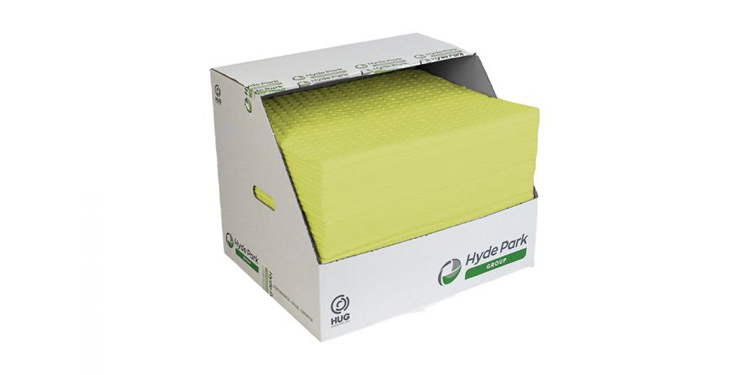
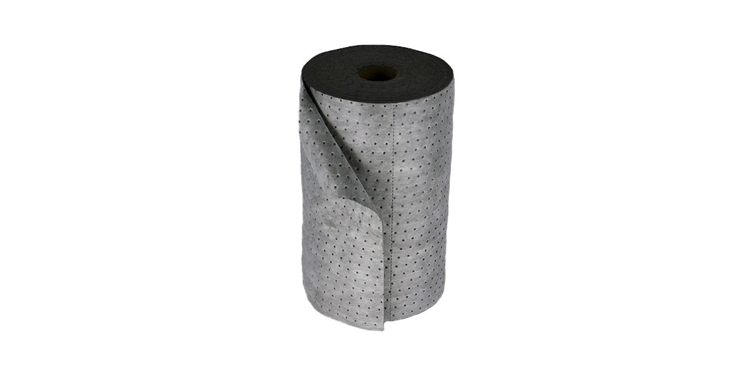


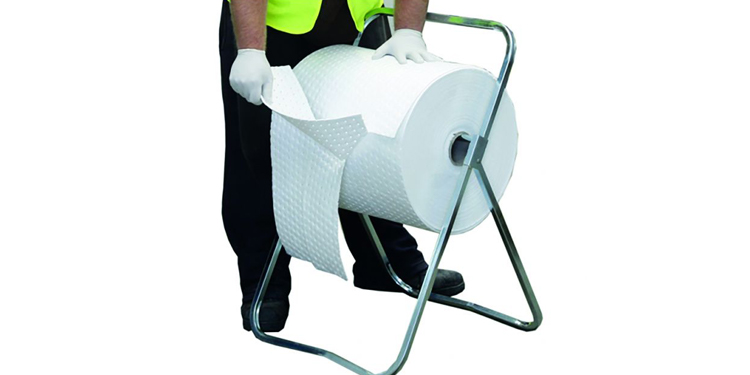
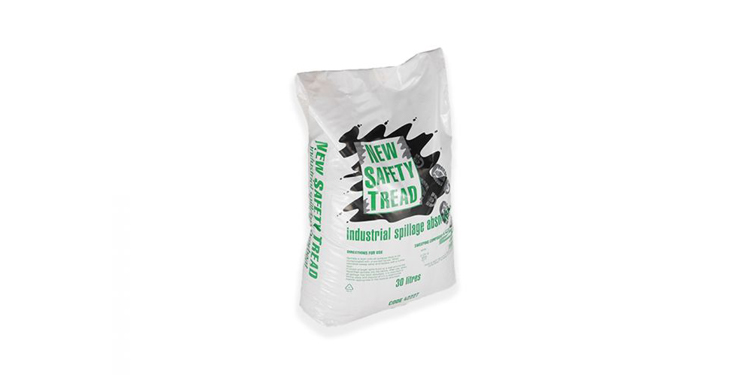
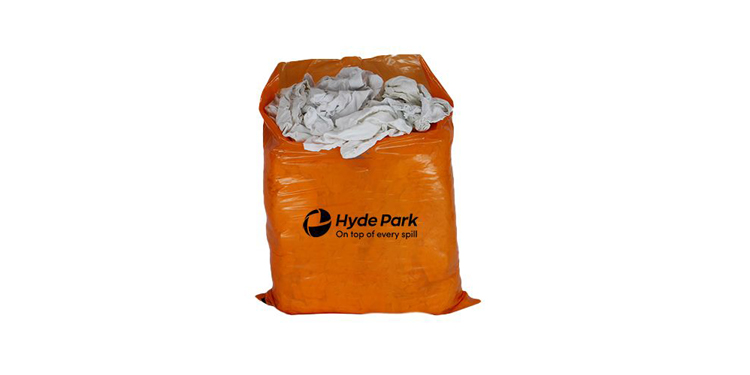

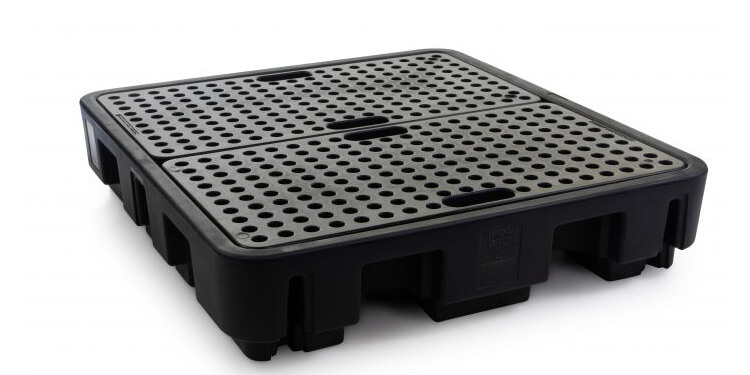
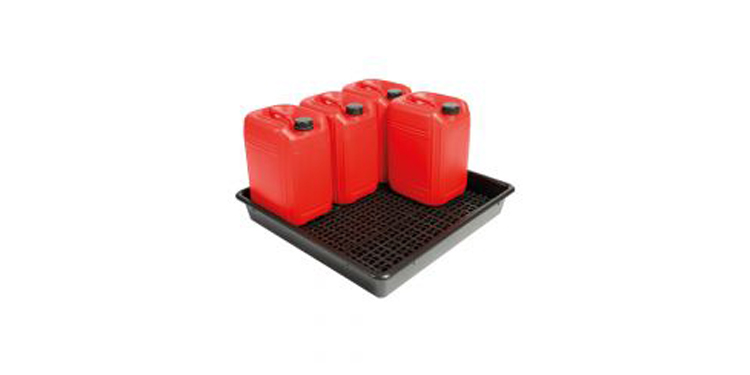
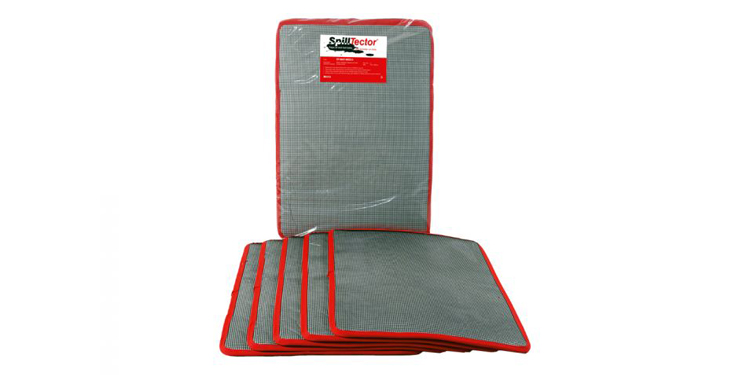

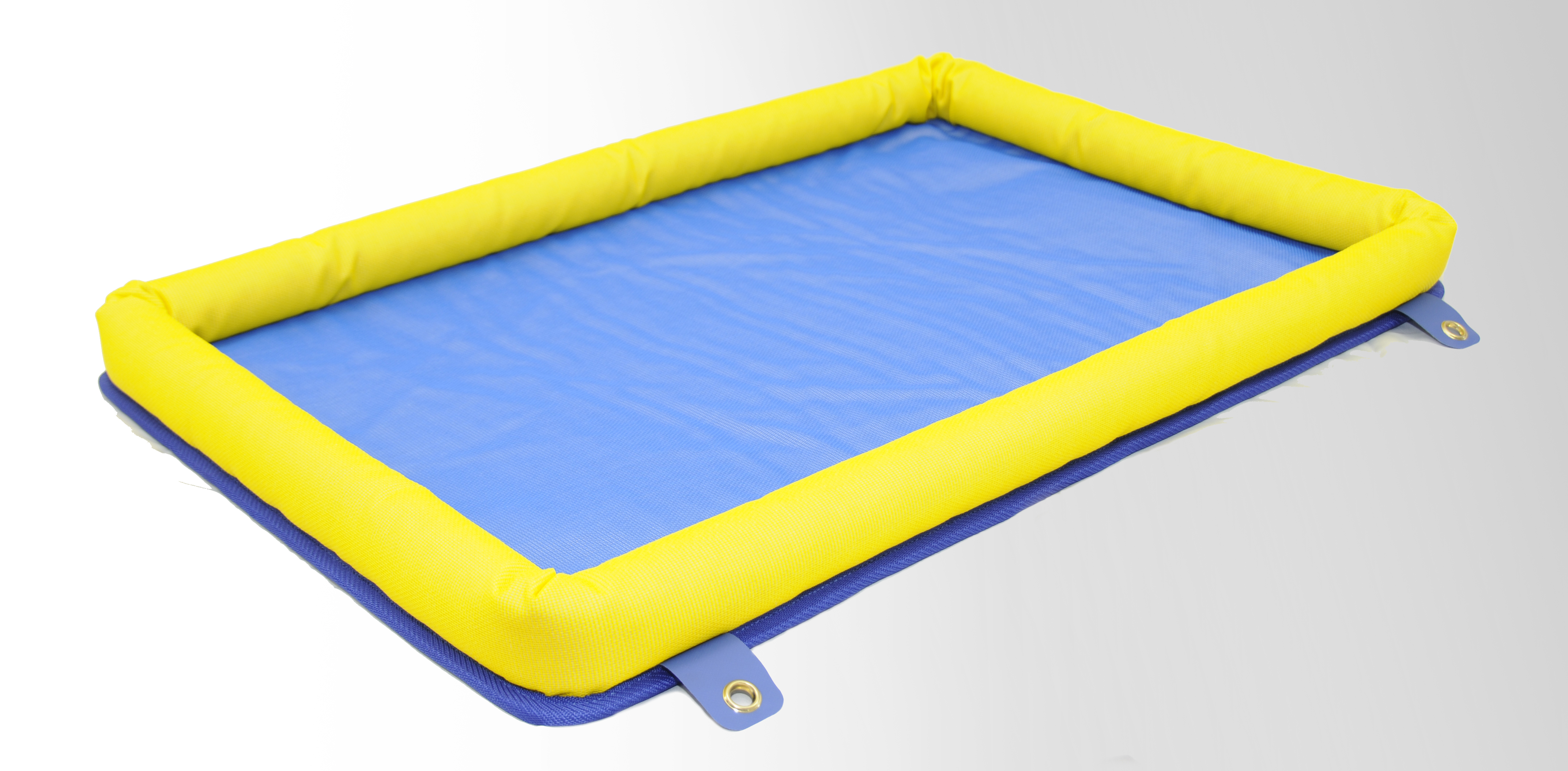


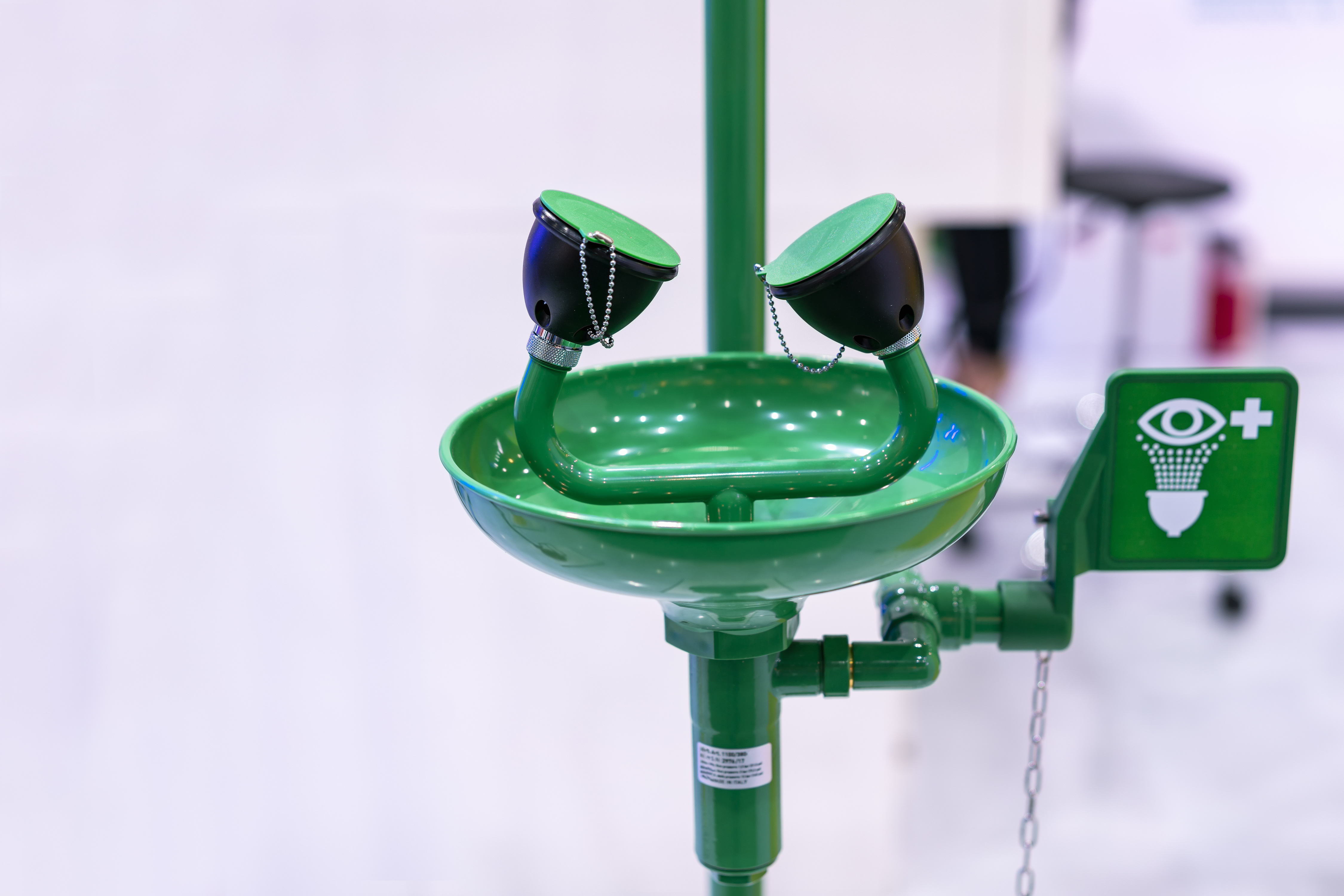
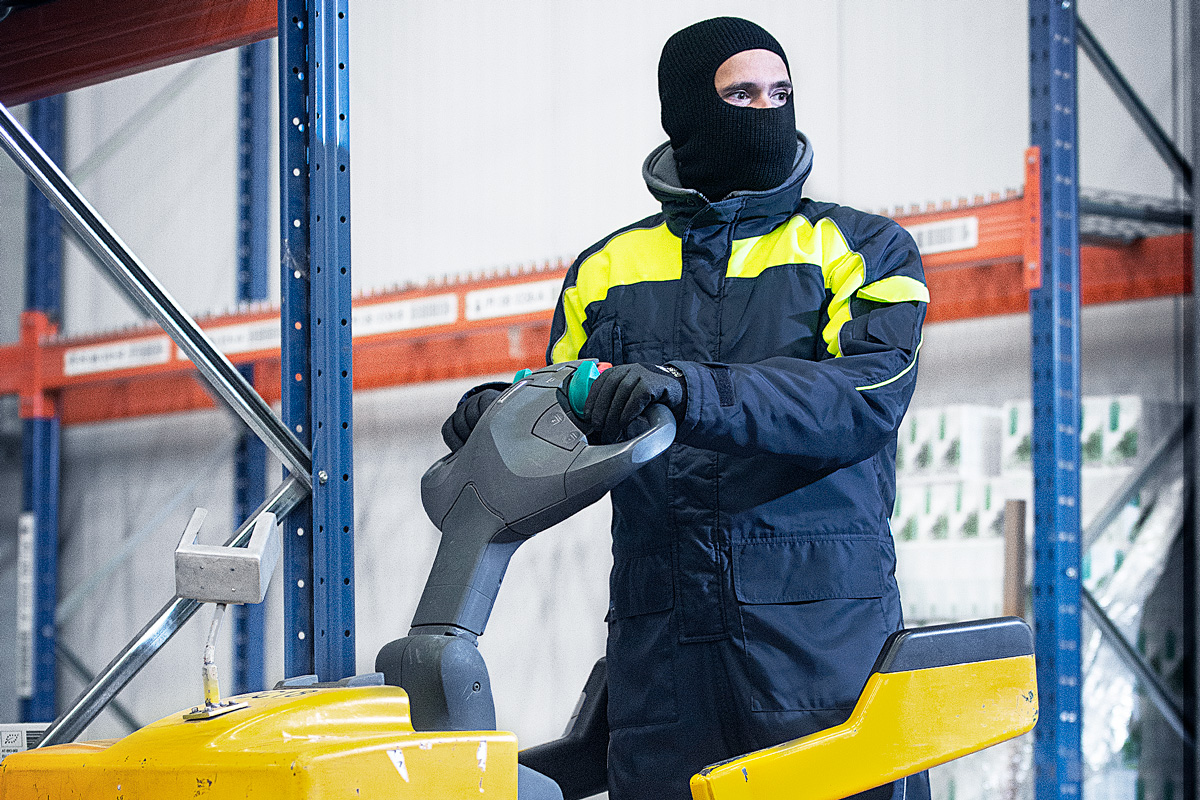

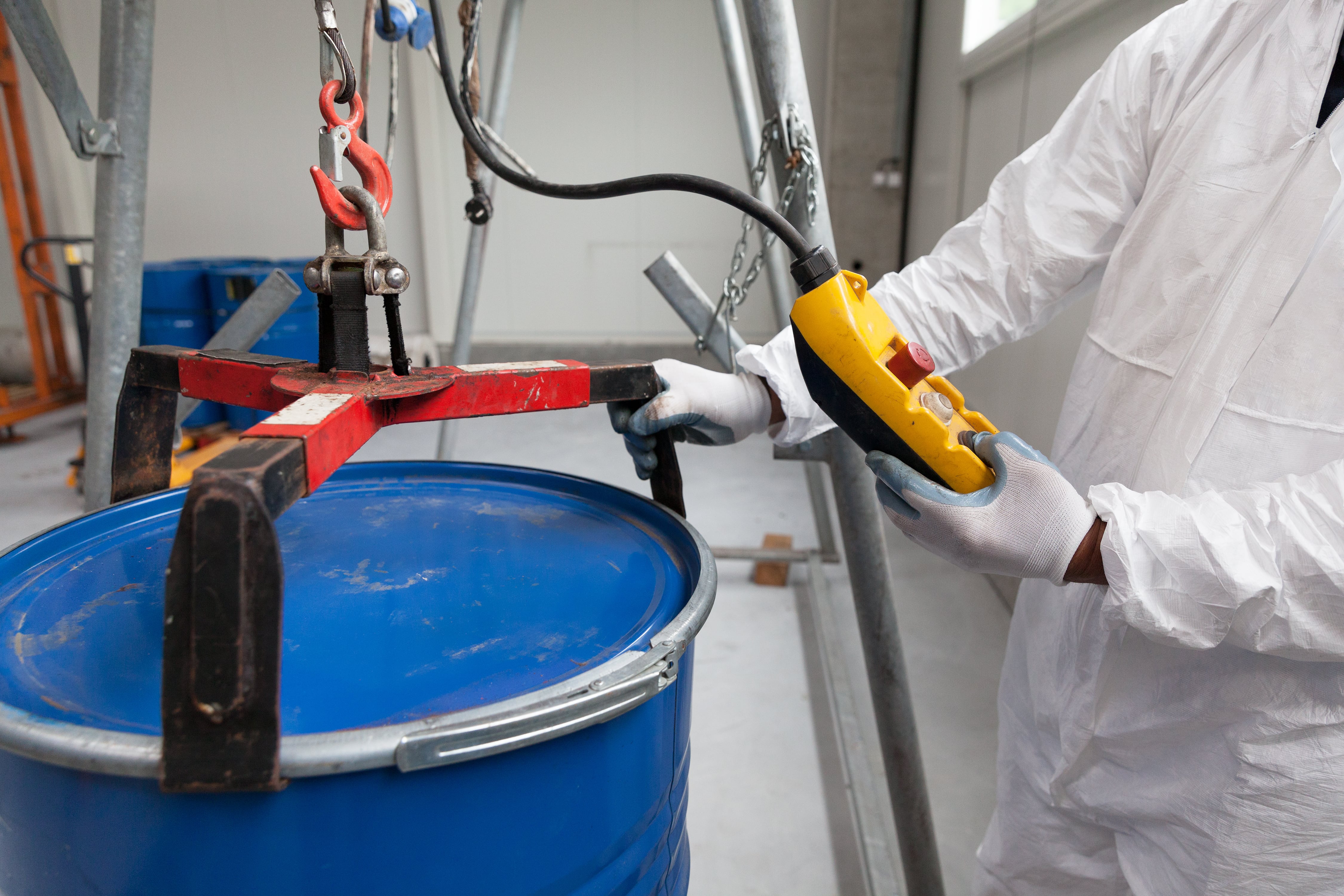
 Price Match Promise
Price Match Promise Same Day Despatch
Same Day Despatch On Site Support
On Site Support Account Managers
Account Managers